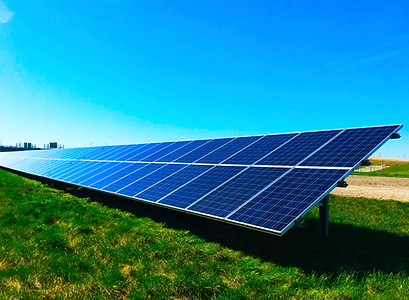%20-%20Copia%2020.png)

THERMAL CAMERA INSPECTIONS
Thermal imaging inspections use a specialized camera that detects infrared radiation emitted by objects. This radiation, invisible to the naked eye, is directly related to an object's temperature. By capturing and displaying this thermal data, thermography allows inspectors to visualize temperature variations on the surface of a building, equipment, or system.
Key applications of thermal imaging inspections include:
-
Building inspections: Detecting heat loss, moisture intrusion, and other building envelope issues.
-
Electrical inspections: Identifying overheating components, electrical connections, and potential fire hazards.
-
Mechanical inspections: Locating heat leaks, blockages, and inefficiencies in industrial equipment.
-
Predictive maintenance: Monitoring the condition of equipment and predicting potential failures.
Benefits of thermal imaging:
-
Non-invasive: Inspections can be performed without damaging the inspected object.
-
Real-time visualization: Temperature variations are immediately visible, allowing for quick problem identification.

_edited.jpg)
